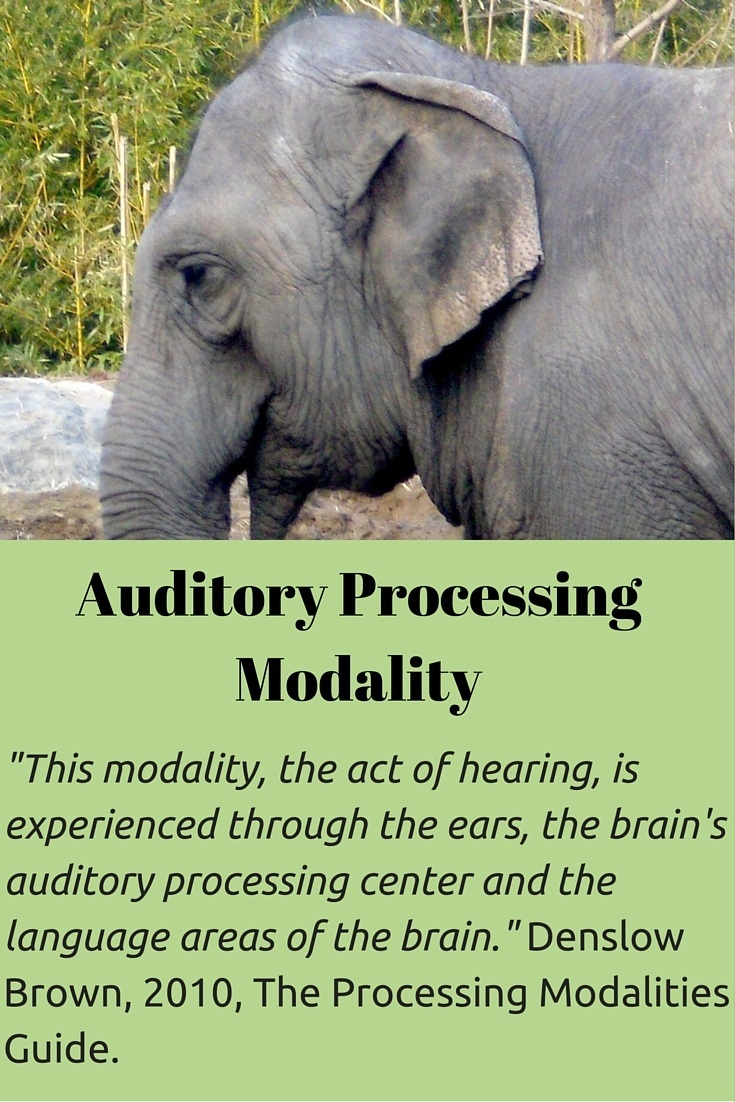Organizing with our Ears is the second in a series on organizing using one’s processing modalities. In 2010, Denslow Brown of Coach Approach for Organizers and Organizer Coach published The Processing Modalities Guide. This is the second of nine modalities that Denslow addresses in the guide. Auditory processing involves what we hear. It includes sounds around us as well as what we say.
Organizing with our Ears – Strength and Sensitivity
Like visual processing, auditory processing modality can be described on a strength continuum as weak, competent or gifted. Someone who is gifted might have perfect pitch or be able to identify sophisticated meaning from sound. Someone who is auditorily weak does not rely primarily on their hearing to understand, learn or interface with the world (that’s me). Organizing with our ears can also be identified as hypo or hyper sensitive. Someone who is hypersensitive might become overwhelmed or irritated when there are too many sounds at one time such as in a crowded party room (me again).
Organizing with our Ears – Organizing Strategies
Professional organizers and those trained in processing modalities, understand that using one’s dominant processing modality to organize, increases the ability to stay organized and maintain an organized environment. Most of us use more than one modality to interface and learn from the environment. In fact we likely use several. A few will be stronger, more dominant, than the others, and therefore most useful in staying organized.
If you are auditorily sensitive, many different sounds may be irritating, annoying or exhausting. Simple, soothing sounds may be pleasing and help with focus. Try the following strategies:
- Use soothing background music to drown out or distract your ears from a noisy room or street below your window.
- Use pleasant background music to help you focus on a task.
If you are auditorily strong, you remember items by their sound or a sound associated with them. Words and tones are meaningful to you. Try these strategies to keep you organized:
- Label file folders by names that first come to mind when you think of the contents e.g. “Family Pictures I Would Keep Forever” rather than “Family Pictures” .
- Use sounds on your watch to help you keep track of time.
- Use a timed playlist on your phone or digital music player to help you keep track of time spent on a particular project or task.
- Talk yourself through the steps of an organizing project. Write them down and say them out loud while you work your way through each step.
If you are naturally attuned to sounds – and like to play with sounds and words – use that skill and strength to your advantage when organizing. Next post in the series will look at the kinesthetic processing modality.




Leave a Reply